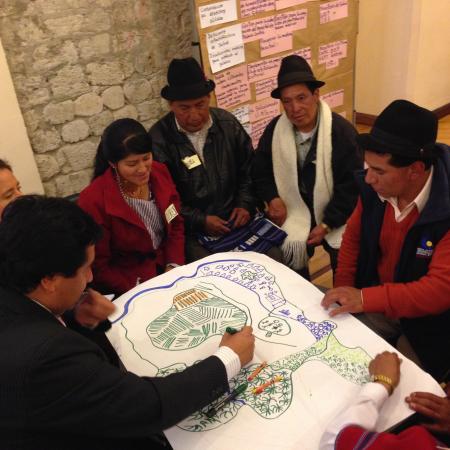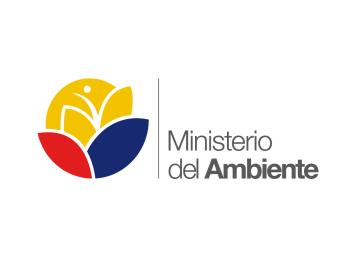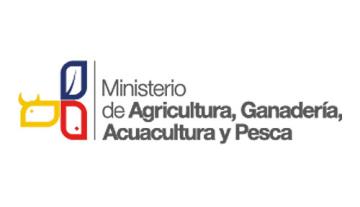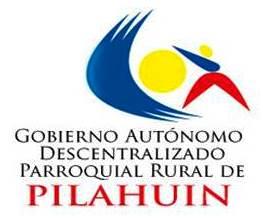
Conservación y uso sostenible de los ecosistemas de páramo como respuesta al cambio climático en Tungurahua, Ecuador

El páramo -el típico páramo de los altos Andes- es un ecosistema importante, ya que proporciona servicios ecosistémicos clave a las comunidades locales, especialmente en lo que respecta a la regulación del agua. Sin embargo, este ecosistema se encuentra gravemente amenazado debido principalmente a la sobreexplotación y al cambio climático. Con una reducción prevista de las precipitaciones anuales en Tungurahua, es cada vez más importante conservar el ecosistema del páramo. La solución integró el cambio climático en la planificación y reforzó las estructuras locales de gestión.
Contexto
Défis à relever
Ubicación
Procesar
Resumen del proceso
Bloques de construcción
Integración del cambio climático en la planificación del desarrollo
Factores facilitadores
Lección aprendida
Acuerdos institucionales y toma de decisiones participativa basada en el método MARISCO
Factores facilitadores
Lección aprendida
Impactos
*La integración institucional del cambio climático ha fortalecido su legitimidad y ha permitido asignarle recursos económicos y humanos. *Entre otras actividades de desarrollo de capacidades, se apoyó un programa de liderazgo ambiental a nivel comunitario en la zona del páramo. *Las evaluaciones técnicas, los modelos hidrológicos y un sistema de vigilancia hidrometeorológica proporcionan a los responsables de la toma de decisiones datos concretos en los que basar sus políticas. *Las evaluaciones participativas han permitido a las partes interesadas comprender cómo los riesgos climáticos y no climáticos pueden reforzarse mutuamente. Los resultados son estrategias claras y holísticas, teorías del cambio y un sistema de seguimiento. *Se han identificado y se están aplicando medidas prioritarias para la conservación y el uso sostenible de los ecosistemas. Entre ellas se incluyen la mejora de la coordinación interinstitucional con el fin de desarrollar una visión y unas prioridades comunes para la región, la restauración de zonas de páramo degradadas y la creación de una asociación local de gestión forestal ("Páramos Andinos de Pilahuín") que gestionará y supervisará las mencionadas zonas restauradas, entre otras tareas.
Beneficiarios
Objetivos de Desarrollo Sostenible
Historia












